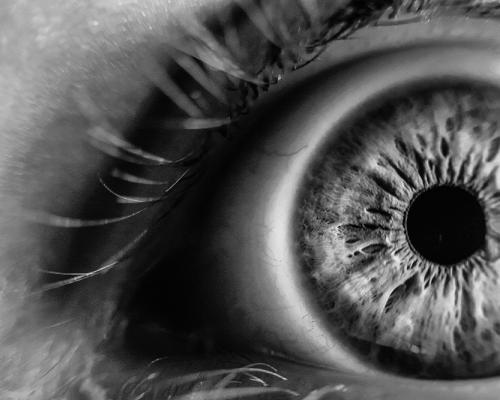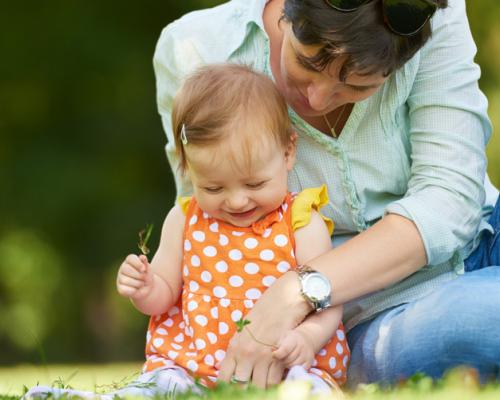What’s love got to do with it?
Among our essential emotional needs are two nods to our need for human interaction, in the forms of both an intimate relationship and community connection.
Further details always reassure readers that the intimate relationship needn’t necessarily be a physical one, which is well and good – a close friendship can provide immense support and connection without crossing the road from platonic to sexual. But I’ve always felt that the phrase “intimate relationship” is a somewhat cumbersome cloak unnecessarily hiding the elephant in the room: love.
What is this thing called love? And what’s it got to do with getting our needs met?
Ancient Greek philosophers identified five forms of love: familial love (Storge), friendly love or platonic love (Philia), romantic love (Eros), guest (hospitality) love (Xenia) and divine (unconditional, altruistic) love (Agape). We could add or amalgamate these divisions to our heart’s content, and many have, but crucially, the word “love” means many different things to (and within) each of us, and contemplating love sends our brains on a pattern matching search, for references to love within our own experience.
For some, childhood memories are coloured with love that came hand in hand with stability, security and a sense of safety surrounding their young lives, creating an instinct that love is a wholeheartedly desirable state to aim for. Consequently love conjures up strong positive emotions that we enjoy and want to continue to feel: deep affection, unconditional support, intense positive feelings, great interest and pleasure, kindness, compassion, sharing, belonging.
Sadly, for others the opposite can be true: memories of intense love for parents, or family, who were unstable, unreliable, or absent can be stained by the harsh realities of such insecurity, and consequently a feeling that love involves such emotions as fear, worry, anger, pain, jealousy, disappointment, rejection, loneliness or danger.
In similar ways, adult relationships can leave us with a complex array of pattern matches. Depending upon our experience therefore, we may see the concept of love as wonderful and to be embraced, or terrifying and to be avoided, or anywhere along that spectrum.
To love, clearly, is a risky business. We open our hearts, lower our defensive barriers and share our resources in the form of attention, food, funds, time, energy, safety and shelter, all of which potentially compromises our ability to get our own needs met. So what’s the benefit?
Emotions are triggered by our essential needs, they are the signal that we need to take action about something (such as fear prompting us to jump away from a snake, or loneliness prompting us to seek company, or hunger to seek food). Love isn’t, as Tina Turner sang, “a second hand emotion” – it’s first hand, real and palpable, and is prompted by our emotional needs, so we must look to those to find out why love is so vital to our survival.
- Intimate connection: this is the most obvious emotional need that is being addressed by love. We all need at least one person to be our champion, to accept us ‘warts and all’ and to support us through challenges.
- Community connection: love brings us together into groups (family, tribe), within which we are safer and can procreate, and as such has a function in aiding our survival and continuation as a species. It hardly needs saying that romantic love also keeps our human community growing in the purely physical sense!
- Attention: love is a form of attention, of focus, that is a joy to both give and receive, whatever form it takes: maternal, fraternal, romantic, or the deep love that can build and last through long-term friendship.
- Security: at its most pragmatic, unions between people that come under the “love” hat, may be a way of finding security – financial or otherwise. Does that love diminish as the accompanying security vanishes?
- Volition: our need for a sense of control over our own life can become a tricky balancing act within the sharing and compromise involved in a loving relationship. One person taking too much control leaves another with too little – a state that can develop incrementally over time into a codependency. Sadly, under the auspices of the ‘love’ handle (so to speak) we can get into less desirable relational situations such as codependency, obsessive control, coercion, helplessness and martyrdom – all forms of failing to get our need for volition met in a balanced way.
- Privacy: can be compromised by love (intensity or possessiveness denying free space) or can be enhanced (perhaps by taking on some of family life’s mundane tasks to allow others some peace).
- Status: as we all know from filling in forms, relationships are considered important ‘status’ markers in most cultures not only for practical reasons (taxes etc) but as a mark of who we are and where we stand in society. This harks back to the need to belong, to be part of an identifiable group who will look our for each other. Familiy, clan, tribe, country, culture: the need to belong is the same on every level.
- Achievement, meaning and purpose: at its most positive, love can help us to get these needs met in spadefuls. The energy of love can spill over into other aspects of life, putting a spring in our heels and bold intent in our drive to enhance life for ourselves and our loved ones.
Falling in love may be pure chance or alchemy but under the heady rush of giddiness, the flurry of heart emoticons and air-blown kisses, there are essential needs being met for all parties concerned.
The HG Intimacy podcast offers great food for thought on this ‘love’ thing, and HG college training days Couples Therapy and Improving Relationships both go into much more depth.
“Love is a many splendored thing”
Paul Francis Webster, American lyricist (1907 – 1984)
Latest Tweets:
Tweets by humangivensLatest News:
HG practitioner participates in global congress
HG practitioner Felicity Jaffrey, who lives and works in Egypt, received the extraordinary honour of being invited to speak at Egypt’s hugely prestigious Global Congress on Population, Health and Human Development (PHDC24) in Cairo in October.
SCoPEd - latest update
The six SCoPEd partners have published their latest update on the important work currently underway with regards to the SCoPEd framework implementation, governance and impact assessment.
Date posted: 14/02/2024













